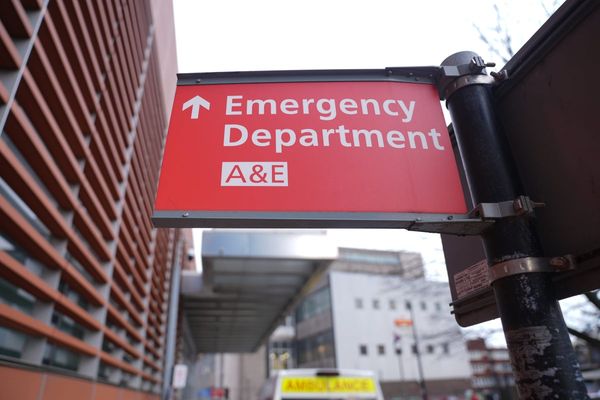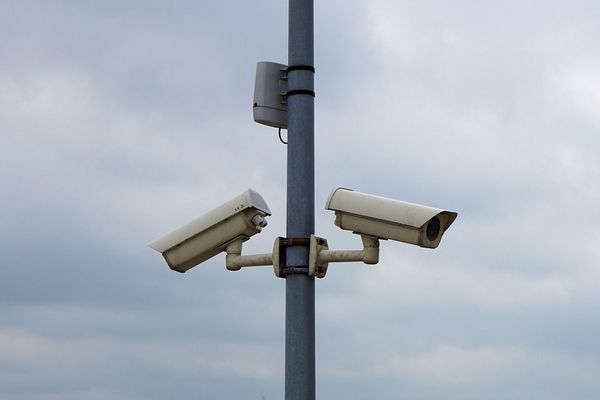
Associated Press photographers talk about their 2022 assignments, and share some of the stories behind the images.
___
THE PLACE: Kherson, Ukraine
THE STORY: Residents face new reality in retaken Kherson
THE PHOTOGRAPHER: Bernat Armangue
___
ON WHAT HAPPENED:
We were in downtown Kherson. We were with a team of paramedics and heard all these attacks. We saw some lighting from the explosions. The alarm came and the paramedics left, and we followed them. And I just remember driving in complete darkness. The only thing we could see was what our car was illuminating. I remember arriving at this place and, sadly, seeing all these people coming toward us. Many of them were bloody and with injuries. Some people started walking toward the ambulance the moment they saw it. The area was full of troubled people. A few minutes before, they had been OK and were sitting in their houses and buildings. And in a strike of light, everything changed. Some people never came back. Some people will have injuries for the rest of their lives.
ON PHOTOGRAPHING AT NIGHT:
It's winter. It gets dark very early. And the electrical grid in most of the areas that we arrived at was down. So you don’t have a lot of light. It’s a combination of the equipment that we have, but also using the resources that you have in the moment. For example, in the middle of the night, you have a lot of people who will carry cell phones or lamps, and so you just use their phone — their sources of light — to illuminate your pictures. You use what you have.
Sometimes in photography, you have amazing moments where the light doesn’t help the narrative. This was the opposite. This time the light was an advantage to express what was happening.
ON IMPROVISING IN UNEXPECTED SITUATIONS:
When you improvise, it’s decision-making. Sometimes it comes from nothing, but usually it’s a part of your years of training. When you prepare an assignment, you don’t know what is happening. When you arrive, what happened before is gone and you cannot trace back. So that forces you to all the time think on the on on the if so, what will happen if what will happen if what will happen? So you drive mentally on a big roadmap of potential outcomes. And then based on these roadmaps, when it comes you start taking these decisions. So there is a part that you calculate in the same way that you calculate your gear and the way that you calculate, “Where do you go? When do you go?” There is always a part that you definitely do not control, because you're not a fortuneteller. It’s a accumulation of years of learning and a big piece of intuition. But it’s more about planning. And then once you're on the ground, putting everything in practice for very fast decision-making.
ON PHOTOGRAPHING PEOPLE IN THE MIDDLE OF TRAUMA
You try to be as respectful as possible. There are multiple approaches, because people go through different stages of trauma. A very important part of your job is to make sure that you arrive at the place, but I have always been a true believer that it’s also very important to know when you need to leave the place. There are moments that you need to know when you have enough to tell the story — maybe not the way that you would like, but it’s enough — and that's the time to let it go and and let the people have their own space.
— Interview by Leslie Mazoch







